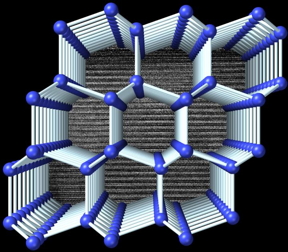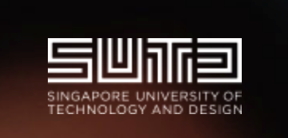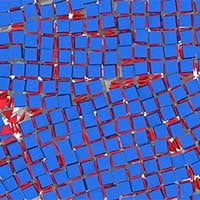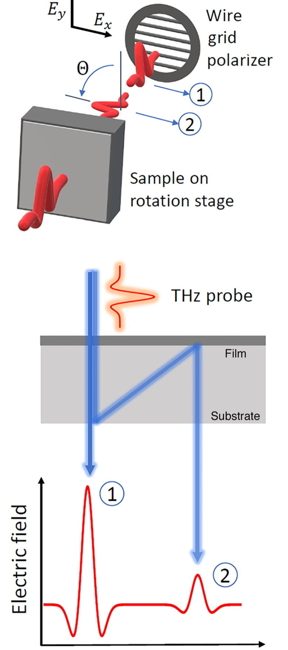Home > Press > New form of silicon could enable next-gen electronic and energy devices: Novel crystalline form of silicon could potentially be used to create next-generation electronic and energy devicesVisualization of the structure of 4H-Si viewed perpendicular to the hexagonal axis. A transmission electron micrograph showing the stacking sequence...
Simulations could help molecular engineers enhance creation of semiconducting nanomaterials
Jun 11, 2021 (Nanowerk News) Scientific studies describing the most basic processes often have the greatest impact in the long run. A new work by Rice University engineers could be one such, and it’s a gas, gas, gas for nanomaterials. Rice materials theorist Boris Yakobson, graduate student Jincheng Lei and...
Nanotechnology Now – Press Release: Hexagonal boron nitride’s remarkable toughness unmasked: 2D material resists cracking and description by century-old theory of fracture mechanics
Home > Press > Hexagonal boron nitride's remarkable toughness unmasked: 2D material resists cracking and description by century-old theory of fracture mechanicsComputational simulations at Nanyang Technological University in Singapore helped explain the unexpected fracture toughness of 2D hexagonal boron nitride. The material's intrinsic toughness arises from slight asymmetries in its...
Future washable smart clothes powered by Wi-Fi will monitor your health
Jun 09, 2021 (Nanowerk News) Purdue University engineers have developed a method to transform existing cloth items into battery-free wearables resistant to laundry. These smart clothes are powered wirelessly through a flexible, silk-based coil sewn on the textile. In the near future, all your clothes will become smart. These smart...
Nanotechnology Now – Press Release: A novel nitrogen-doped dual-emission carbon dots as an effective fluorescent probe for ratiometric detection dopamine
Home > Press > A novel nitrogen-doped dual-emission carbon dots as an effective fluorescent probe for ratiometric detection dopamineA schematic illustration of Synthesis of nitrogen-doped double-emission carbon dots and ratio fluorescence detection for dopamine, which acts as a neurotransmitter to regulate various physiological functions of the central nervous system.Abstract:How to...
Machine learning reduces microscope data processing time from months to just seconds
Jun 08, 2021 (Nanowerk News) Ever since the world's first ever microscope was invented in 1590 by Hans and Zacharias Janssen --a Dutch father and son-- our curiosity for what goes on at the tiniest scales has led to development of increasingly powerful devices. Fast forward to 2021, we not...
Nanotechnology Now – Press Release: Using the environment to control quantum devices: A deeper understanding of how the environment impacts quantum behaviour is bringing quantum devices one step closer to widespread adoption
Home > Press > Using the environment to control quantum devices: A deeper understanding of how the environment impacts quantum behaviour is bringing quantum devices one step closer to widespread adoptionAbstract:Singapore University of Technology and Design (SUTD) researchers have uncovered how the environment can impact highly sensitive quantum behaviours like...
Nanoengineering integrates crystals that don’t usually get along
Jun 04, 2021 (Nanowerk News) A blueprint for designing new materials using difficult combinations of nanocrystals has been developed by a team of researchers at the University of Pennsylvania and the University of Michigan (Science Advances, "Anisotropic nanocrystal shape and ligand design for co-assembly"). The work could lead to improvements...
Nanotechnology Now – Press Release: Thin is now in to turn terahertz polarization: Rice labs discovery of magic angle builds on its ultrathin, highly aligned nanotube films
Home > Press > Thin is now in to turn terahertz polarization: Rice labs discovery of magic angle builds on its ultrathin, highly aligned nanotube filmsRice University physicists have made unique broadband polarization rotators with ultrathin carbon nanotube films. The films optically rotate polarized light output by 90 degrees, but...









